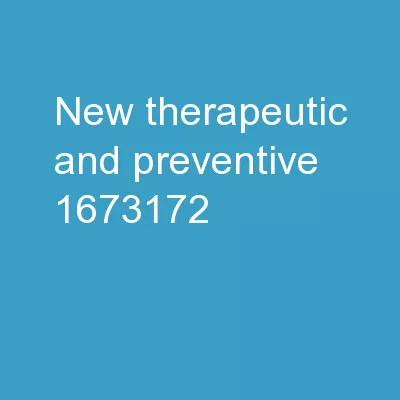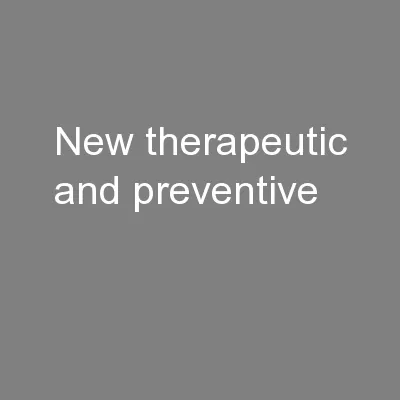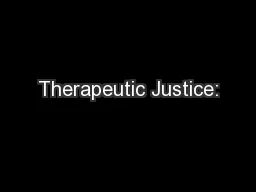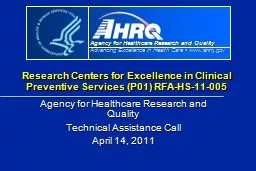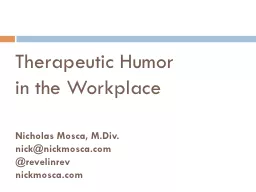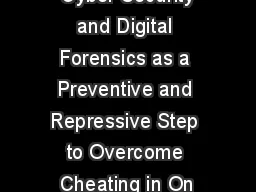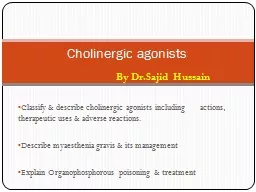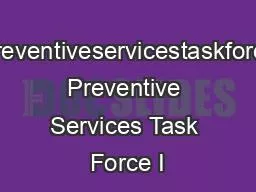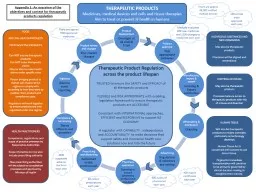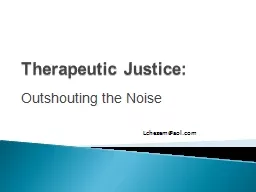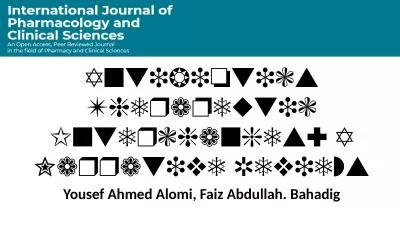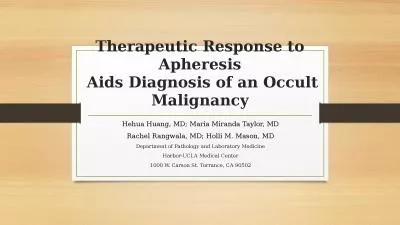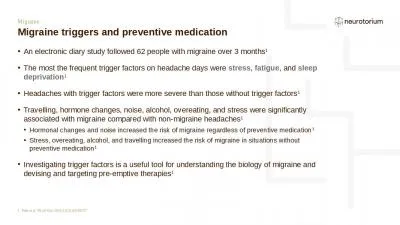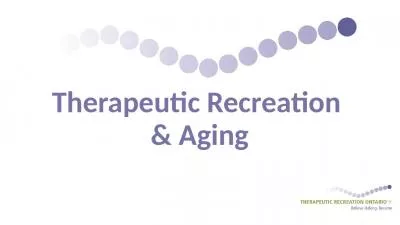PPT-New therapeutic and preventive
Author : kittie-lecroy | Published Date : 2019-02-21
medicines to fight the Ebola epidemic December 2014 Status report 16 December 2014 Date of situation report Confirmed Probable Suspected Total Deaths Guinea
Presentation Embed Code
Download Presentation
Download Presentation The PPT/PDF document "New therapeutic and preventive" is the property of its rightful owner. Permission is granted to download and print the materials on this website for personal, non-commercial use only, and to display it on your personal computer provided you do not modify the materials and that you retain all copyright notices contained in the materials. By downloading content from our website, you accept the terms of this agreement.
New therapeutic and preventive: Transcript
Download Rules Of Document
"New therapeutic and preventive"The content belongs to its owner. You may download and print it for personal use, without modification, and keep all copyright notices. By downloading, you agree to these terms.
Related Documents

